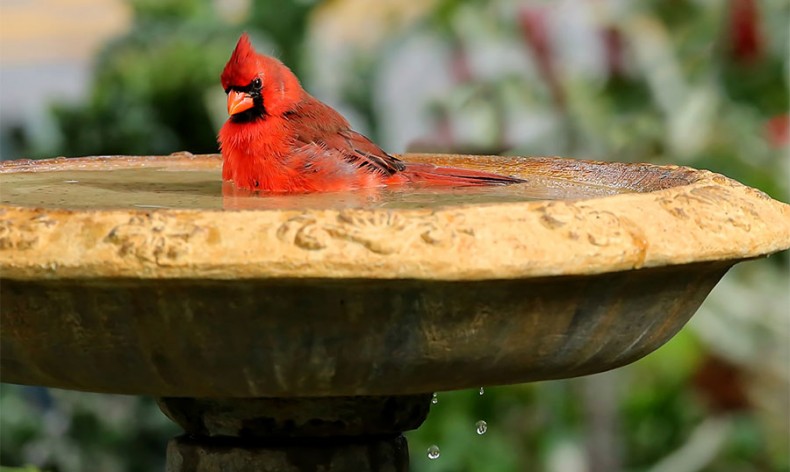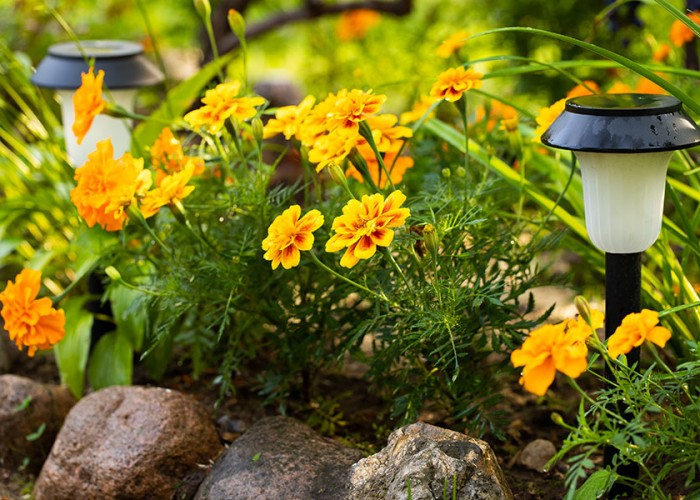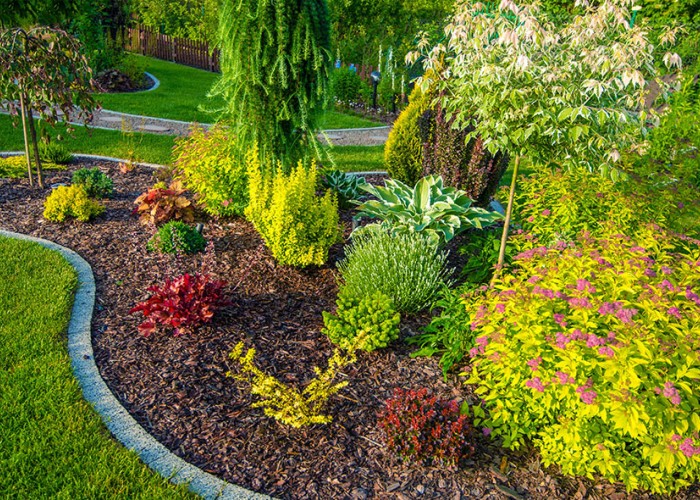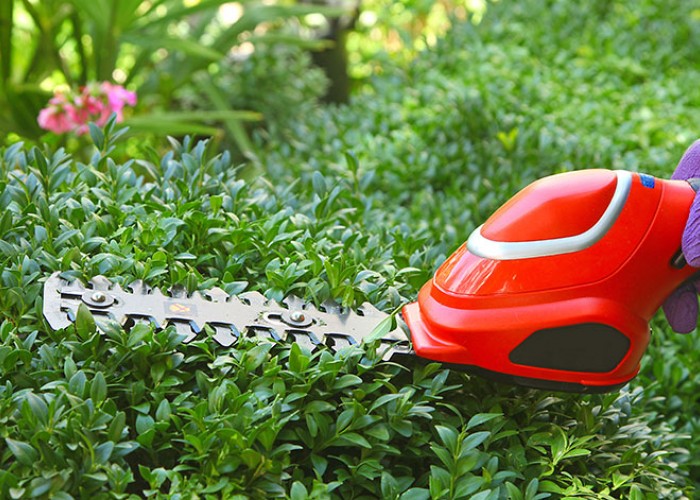Energy Costs for Outdoor Water Features
Calculate the cost to keep water flowing year-round
By Hannah McKenzieQ:I love watching the birds in my garden and have decided to take the next step of adding a water feature for them to drink and bathe. There are so many options — a simple birdbath, fountain or even an artificial stream — and many use a recirculating water pump that consumes electricity. How much could a water feature increase my energy bill?
A: For as little as the cost to operate one LED bulb, a fountain can be a great low-cost garden feature. Watching birds is such a calming hobby and enjoyed by all ages. North Carolina is a year-round home to songbirds like the chickadee, cardinal, tufted titmouse and my favorite — the wily Carolina wren. We also host a variety of migratory birds like purple martins, orioles and thrushes who arrive every spring to build nests and raise their young.
While birds typically get the water they need from their food, puddles, morning dew, or nearby ponds or streams, a garden water feature may be a welcome respite during a drought. Plus, the soothing hum and bird bathing antics should be a delight.
The sound of moving water attracts birds, but as you pointed out, the addition will likely increase your energy bill. Shockingly, submersible water pumps for most birdbaths and fountains use between 2.5 and 23 watts, which translates to just $3 on up to $25 per year for non-stop operation. Before purchasing a pump, you can confirm its energy use by looking for its wattage and then doing a little math. This is especially important when considering a larger water feature, like a koi pond or waterfall, which could increase your energy bill by hundreds of dollars.
Other options that won’t increase your energy bill include:
- A simple shallow basin with a non-slip surface. I am always amused to watch birds bathing in my sons’ Tonka dump trunk after a rainstorm.
- Use solar power. Some fountain pumps come with a solar panel similar to solar garden lights. Solar panels with battery storage, often found at agricultural supply stores, can also power a water feature, which is especially appealing if an electrical outlet is far away. This option will continue to be more affordable as solar energy and battery storage technology becomes less expensive.
- Cleaning a birdbath or fountain weekly is crucial for keeping the birds healthy and preventing mosquitoes from breeding. An old dishwashing brush and a cleaner like Bon Ami will do the trick, but any soap and chlorine bleach will work fine as long as you rinse thoroughly with water. Also, freezing temperatures will make some water features vulnerable to damage, so be sure to drain, cover or warm yours depending on manufacturer recommendations and the weather.
For more detail on making your property a bird haven, visit the North Carolina Cooperative Extension Service. Audubon North Carolina is another excellent resource for learning to support wild birds in our state, and its native plants program is great fun for wildlife gardeners.
Happy birding!
Calculate the cost
You can find the annual cost of an electric pump using this online calculator. To be more precise, adjust the electric rate to your own kWh.
-
More energy advice for your outdoor space
-
Share this story:






